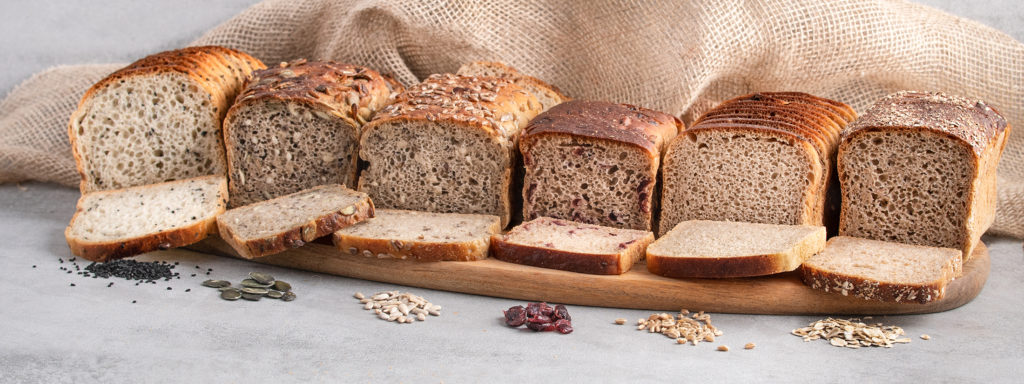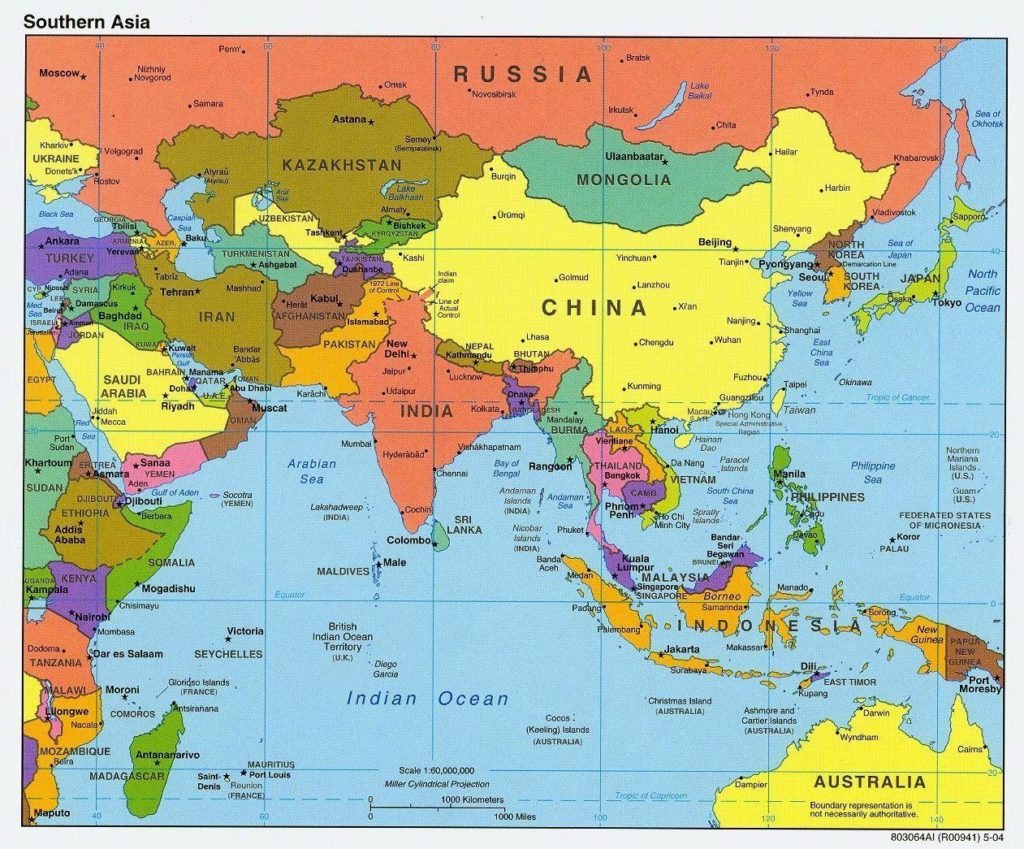
sian continent is another stop on our culinary journey across the even continents, and all the countries, in a search of the most ionic national dishes.
Asia – part of the world, together with Europe making up Eurasia, the largest continent on Earth.
It is adjacent to Europe to the west, Africa to the southwest, the Indian Ocean and Australia to the south, and the Pacific to the east.
Politically, the area of Asia is divided (together with Russia, excluding Egypt and Greece) into 48 countries and 2 dependent territories – the Palestinian Authority
and Macau (until December 1999).
There are many similarities between neighboring countries, I would say thanks to complicated history of the XX century, and the earlier ones.
Today, Stop Three…. Asia
Afghanistan – Kabuli palaw
Afghanistan style pilaf. This national dish by tradition consists of steamed long-grained rice mixed with caramelized carrots, raisins, almonds, and chunks of lamb meat, although chicken and beef are also often used. Its unique flavor comes from a mixture of spices like cumin, cloves, cardamom, turmeric, and cinnamon.
Armenia – Harissa
A goulash, made from different cuts of meat, with an addition of wheat, and cooked slow for many hours. Making a dish is simple but time consuming. Meat is added to the wheat (whole grain), which must be soaked overnight beforehand. It can be chicken, although traditionally it was mutton or lamb. Salt and pepper are added to taste and half a cup of melted butter. It is important to mix the harisa carefully to achieve a purée-like consistency.
Azerbaijan – Qutab
Azerbaijani Stuffed Flatbread. The most popular feelings include lamb, onion, and molasses version. The other options consist of an herb & cheese filling (feta, dill, basil, tarragon, and cilantro) and a squash & pomegranate filling. the dough is spread as thin as possible, before the chosen filling is spread across one side and the dough is folded over to create a half-moon shape. They are cooked in an ungreased frying pan until speckled with dark blisters on each side and the meat is cooked through. While still hot from the pan, they are brushed with melted butter and sprinkled with a little sumac.
Bahrain – Chicken Machboos, or Machboos ala Dajaj
“spiced chicken and rice”. There are two ingredients that set this dish apart from any Western chicken and rice dishes. Baharat (typically includes black pepper, paprika, cumin, coriander, cinnamon, cloves, cardamom and nutmeg) and Loomi (limes, often from Oman, that have been boiled and then left to dry in the sun). it is a one pot dish, with all the aromatic spices and rose water, that gives this dish an unforgettable aroma and taste.
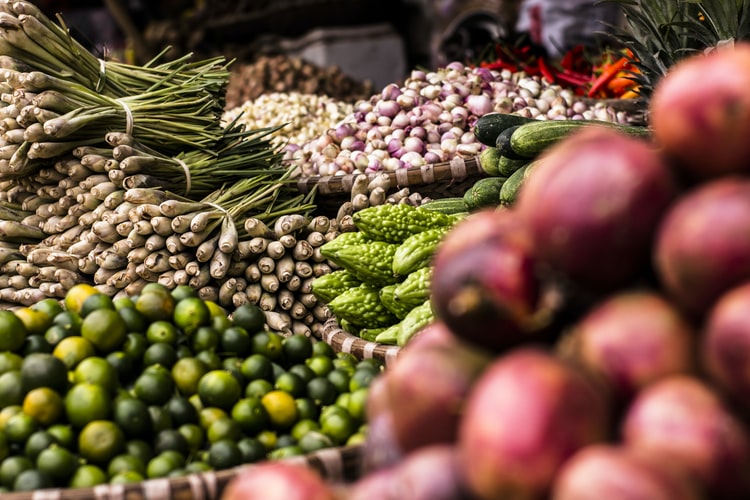
Bangladesh – Ilish macher paturi
In this recipe Hilsa/Ilish fish steaks are marinated with ground spices and then wrapped in oily Pumpkin or Banana leaf, and then roasted in nonstick pan or may be deep fried.
Bhutan – Ema datshi
This dish has its roots in the Tibetan cuisine, which was gradually adapted and evolved according to Buthanese homegrown produce. This simple stew made of a variety of chilies and a special yak milk cheese, called datshi. Variations of this dish include potatoes (kewa datshi), beef, beans (semchung datshi) or mushrooms (shamu datshi). But just chilies and cheese are their favorite! The chilies that are used in the ema datshi are spicy and to balance the heat proportion in the dish, tomatoes, butter and cheese are added. This dish is served over a bed of red rice, another staple food of the Bhutanese.
Brunei – Ambuyat
This dish is bizarre. Made of the flesh of sago palm tree. The flesh is cooked, until it resembles glue in consistency. Extremely sticky. Eaten lunch with a fermented sour sauce and a variety of vegetables on the side.
Cambodia – amok
Fish curry stew. Fish cooked in a luscious sauce, with the main curry flavor. Slightly sweet with lemongrass and kaffir lime flavor lingering the consistency resembles a custard, thank to traditional steaming step, in the cooking process. The dish variation is made with beef or chicken. Always is served in a banana leaf, folded in a shape of a boat. Served with or without rice.
China – Peking Roast Duck
The whole duck is slices by the chef, into even 120 very thin slices, consisting of both, meat and skin. Then it is ready, the dish is brought back to the table with some thin pancakes, green onion or shallot, plum sauce and fresh cucumber, and sometimes garlic paste and sugar.
Georgia – Khachapuri
It is a buttery stuffed bread that is topped with egg and cheese. It is considered a staple food in Georgia and the cooks there have prepared it in a variety of tasty ways. It is served with Georgian orange wine and traditionally eaten by tearing off the sides and dipping it in the gooey topping of egg and cheese.
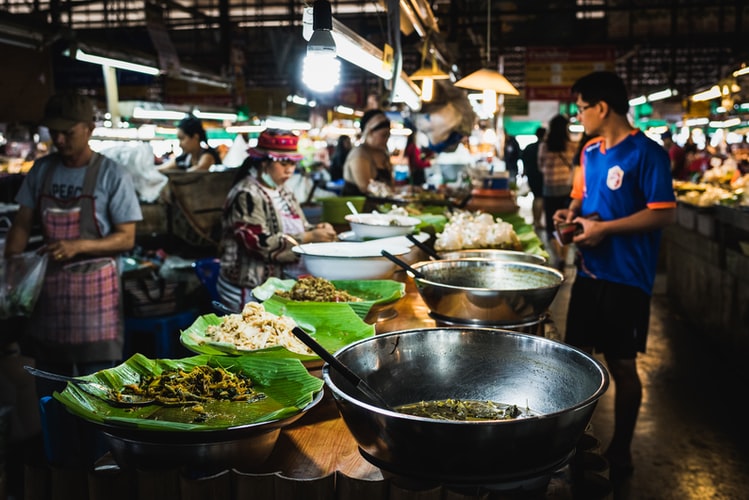
India – Biryani
It is a special occasion celebration dish. Long-grained rice is flavored with aromatic spices such as saffron and covered with lamb, chicken, fish, or vegetables and a thick gravy. The dish is then covered, its lid secured in place, and then the biryani is cooked over a low heat. The main elements of this dish are rice, meat, marinade, and spices. Depending on where the biryani is from will define the type of protein; coastal regions, for example, will include fish and shrimp, while inland areas may incorporate chicken, goat, mutton.
Indonesia – Nasi goreng
It literally means “fried rice”. It is quite simple food, typically made with leftover ingredients, and varies quite a bit depending on where you are. Always full of various vegetables, or with added meat, or chicken. Some versions have an egg, beaten and mixed in, while the most traditional look you can achieve by topping the plate of rice with fried egg and scallions.
Iran – chelow kabab
Kebab is an absolute favorite, the most popular and delicious dish in Iranian cuisine, there are different types of kebab with ground meat or diced meat all are fantastic in taste. “Chelow” means that the kebab is served with rice pilaf as a side. The meat is always marinated prior to being cooked. It served with rice pilaf, and with traditional Iranian yogurt-based drink.
Iraq – Masgouf
Seasoned and grilled Carp fish. The fish is split lengthwise down the back and spread out into a single flat piece leaving the belly intact. the cook bastes the inside of the fish with a marinade of olive oil, rock salt, tamarind, and ground turmeric. Crushed tomatoes and coriander are sometimes added to the marinade. The fish is then either impaled on two sharp iron spikes, or placed in a big iron, clamshell grill with a handle and a locking snare, designed specifically for this dish. Cooked for up to 3 hours, until the skin is getting crispy and closed to being burned. Served as whole, with pickles, lemons and mango chutney.
Israel – Me’orav Yerushalmi
This dish is one of the quintessential street foods in Jerusalem. Traditionally it is made with liver, heart, spleen and chicken thighs, but the dish is mostly about the seasoning. Mix up the spices and save the blend to simply grill up some chicken any night of the week. It is best served in a fluffy pita, and of course with hummus or tahini.
Japan – curry rice
We would think that the sushi, would take the crown, but less know dish is a star from Japan. Commonly used ingredients for Japanese rice curry are a combination of protein and vegetables. Proteins such as chicken, beef, pork, and seafood such as shrimps are used generally. Common vegetables used are root vegetables such as potato and carrot. There are ultimate secret ingredients “kakushi Aji”, which literally translates to “hidden taste”, and it consist of Apple and Honey. Adding grated apple and honey gives the Japanese curry rice the signature sweeter flavor. He curries rice is always served with a variety of accompanying condiments: pickled daikon, eggplants, cucumbers and others in sweet plum vinegar and soy sauce.
Jordan – Mansaf
lamb cooked in a sauce of fermented dried yogurt and served with rice or bulgur. While presented or served, the dish is made of four elements. First, the flatbread (often markook or shrak breads). Second, the rice, which is topped by the third, the meat. Finally, there is the jameed-based or dairy-based sauce. The top is decorated with sprinkle of roasted nuts, and sometimes pomegranate seed.
Kazakhstan – Beshbarmak
in Kazakh, it means “five fingers” because you should eat only with your fingers. Of course, that is a thing of the past, and today everyone uses a fork. It usually consists of cooked meat (often of several kinds), pasta cooked in large rectangles, and broth.
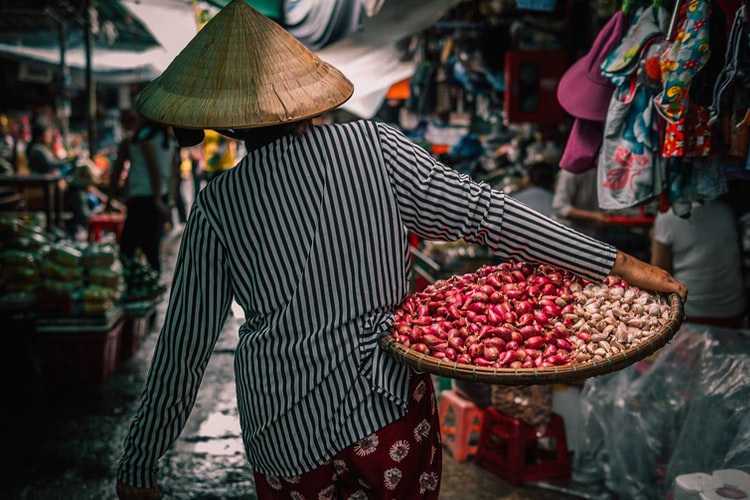
Kuwait – machboos laham
This dish merges basmati rice and meat with a mixture of fried onions, raisins, and yellow split peas. The dish is typically made with lamb, chicken, or fish which are flavored with a variety of spices such as cardamom, cinnamon, turmeric, cloves, pepper, and ginger. Customarily, the spiced rice is cooked in the aromatic and tasty broth in which the meat has been cooked, which gives the dish even more flavor. The tender pieces of meat are mixed with the fried onions, raisins, and yellow split peas, and they are then served atop a bed of rice, usually drizzled with saffron-infused water
Kyrgyzstan – Shashlik
stuffed with pieces of grilled mutton over roasting coals, which are derived from the raw materials of onion slices, is served in a restaurant, and often sold on the street. The meat is usually marinated for several hours before cooking. The shish kebab can also be made from beef, chicken, and fish. Each shashlik usually has a fat to meat ratio of one to one.
Laos – larb
Is a type if salad, eaten everywhere and extremely popular, but surprise surprise, the salad is not made of vegetables. Instead it is a meat salad! The minced pork is wonderfully seasoned with fish sauce, chili flakes, lime juice, toasted sticky rice to give it some crunchy texture, and a wonderful assortment of fresh herbs to bring it all together. Served usually inside lettuce cups.
Lebanon – Tabbouleh
It is a Levantine vegetarian salad made mostly of finely chopped parsley, with tomatoes, mint, onion, bulgur (only soaked, and not cooked), and seasoned with olive oil, lemon juice, salt and sweet pepper. Some variations add lettuce or use semolina instead of bulgur.
Lebanon, another extremely popular dish is kibbeh. But since we are describing this dish under Syrian flag, the Lebanon, got another immensely popular plate, just not to repeat myself.
Malaysia – Nasi lemak
Aromatic rice cooked with coconut and pandan leaf. Coconutty rice bowl topped with crunchy fried anchovies, peanuts and hardboiled egg, dressed with a sweet-spicy sambal sauce. Less traditional versions will be prepared with fried egg, cockles, squids, fish, chicken or chicken/beef rendang, squid fritters or even fried chicken or fish. It can be consumed for breakfast, brunch, lunch, tea, dinner and even supper.
Maldives – Gulha
Smoked tuna and coconut dumplings. The dough is stuffed with the mixture of smoked tuna fish, cooked egg, onions and coconut flakes. Popular snack item sold all over the island on street markets.
Mongolia – Buuz
In tradition they are small dumplings, stuffed with beef or mutton, and steamed. They are a meal by itself. Even thou the modern cuisine, there are two different sizes of the same dish, serving as an appetizer and a dinner dish.
Myanmar (formerly Burma) – Mohinga Rice noodles
Mostly popular as breakfast but also loved for lunch and dinner, versatile dish. It is a fish-based soup that is flavored with an onion paste and then spooned over vermicelli rice noodles. It is served with condiments on the side as are most dishes in Myanmar. This allows you to create the dish to your liking, more chili paste, more fish sauce, more lime, more cilantro…. you get the idea.
Nepal – Gundruk
Fermented leafy greens, with mixture of other vegetables and various spices, depending on the location. Use wildly as a condiment to basically everything that you like to eat.
North Korea – Kimchi
It is a spicy side dish created from salted, fermented vegetables, typically cabbage and radishes. It gets its unique taste from a Gochujang (paste made of chili powder, garlic, ginger, red pepper and sugar and its recognizable tang from fish sauce). While you are probably familiar with the most common version, “paechu kimchi”, made with Napa cabbage. Even the political differences, kimchi is a unifying agent between North and South Korea. Both countries share the same love for this highly specific food. I guess it is that good.
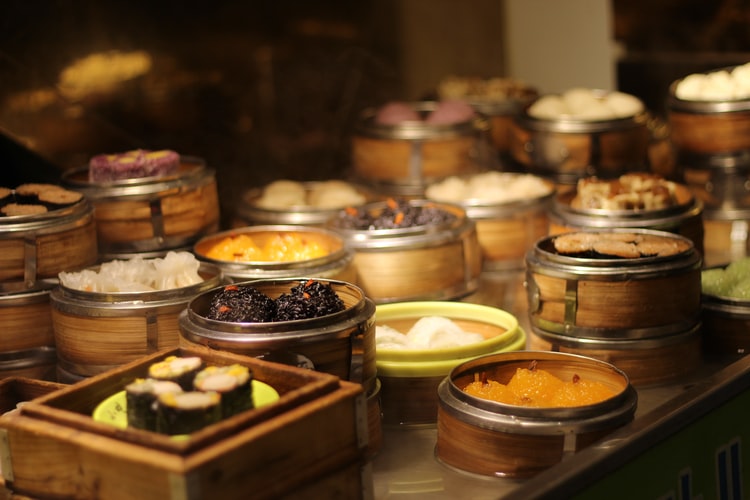
Oman – shuwa
Shuwa (or ‘chauwa’) is favorite Omani dish of slow-cooked marinated lamb or goat. The meat is covered in a savory rub of spices, garlic and oil, even though exact recipes and spices used vary from the location standpoint. By tradition, the meat is cooked wrapped in banana leaves and buried in a pit of hot coals to cook for anywhere from 6 hours to even 2 days.
Pakistan – Nihari
The name traditionally means a “slow cooked mutton stew”. Nihari recipe had numerous variations of spices, like cardamom, cinnamon, chilies, bay leaves, nutmeg mixed with yogurt and gulab jal. Saffron adds the exotic and aromatic flavor to the dish. This is the perfect meat dish, adorned with the aroma of rose water, and due to slow overnight cooking, the aroma and the flavors creates layers upon layers, of deep and intense taste. Best served the next morning accompany it with naan bread or rice.
Palestine – Kanafeh
Middle Eastern pastry made of kadaïf (shredded phyllo dough, looks like angel hair), akawi cheese and samneh or ghee (clarified butter). Once baked, the kanafeh is drizzled with a rose water scented syrup and sprinkled with crushed pistachios or walnuts. The sweet side of the dessert comes only from the thick rose-water syrup, which is a central ingredient of the recipe, bringing a lot of flavors and aromas to the pastry. Crispy on the outside and melting on the inside, this delicately scented dessert is a real treat.
Philippines – Adobo
Adobo really means “marinade,” “sauce” or “seasoning”. Adobo is one of the best, most delicious ways to prepare chicken. It is best to make adobo chicken from meat on the bone: drumsticks or thighs, because they are more tender than chicken breast, which tends to dry out. The meat is marinated in vinegar, soy sauce, garlic, and black peppercorns, which is browned in oil, and simmered in the marinade. It is served with plain white rice.
Qatar – Majboos
Or Machboos ala Dajaj (“spiced chicken and rice”) is quite like Biryani (from the Indian subcontinent) and Kabsa (from Saudi Arabia), all with varying cooking methods, ingredients, degree of spiciness, and assembly. But all three are essentially meat and rice dishes. Check the Bahrain description (go up).
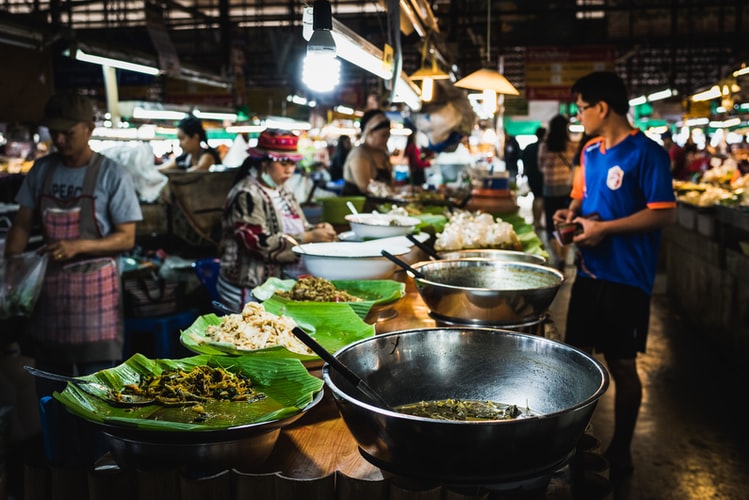
Russia – Pelmeni
Pielmieni are small dumplings, but that does not mean they have little flavor either. They have a very delicate dough and a creamy consistency. Raw meat filling, seasoned well, melts in your mouth. They come from Siberia; therefore, they are often called Siberian dumplings. They can be boiled in boiling water or broth. They are served with cream, melted butter, pepper, vinegar or mustard.
Saudi Arabia – Kabsa
Sometimes called Khabsa is a traditional rice dish from Saudi Arabia. This recipe asks for chicken, but it can be made with other meats like lamb as well. Of course, pork meat is forbidden. The rice is brilliantly spiced, and the tender chicken falls off the bone. It is typically eaten collective style with the right hand. Be sure to make the super spicy dipping sauce called shattah, it truly elevates the dish from ordinary to extraordinary.
Singapore – Hainanese chicken rice
It is a dish that is made of luscious steamed white chicken cut into bite-size pieces. Served on a bed of aromatic rice, cooked with the chicken stock, with some light soy sauce. The dish is topped with sprigs of coriander leaf and sesame oil and accompanied by a garlic-chili dip. Also, last traditional Soup based on the chicken stock, is a required side dish, to complete this dish, and fully appreciate its flavors.
South Korea – Bibimbap
It literally means “mixed rice”) is a Korean rice dish. The term “bibim” means mixing various ingredients, while the “bap” noun refers to rice. It is served as a bowl of warm white rice topped with namul (sautéed and seasoned vegetables) or kimchi (traditional fermented vegetables) and gochujang (spicy chili pepper paste), soy sauce, or doenjang (a fermented soybean paste). A raw or fried egg and sliced meat (usually beef) are common additions. The hot dish is stirred together thoroughly just before eating. Primarily the most popular dish, is a kimchi, but since the same dish is a national to North Korea, on the South we will focus here on another immensely popular dish.
Sri Lanka – rice and curry
Sri Lankan rice and curry consists of blistering hot, fluffy rice that is served with a variety of side dishes generally called “curries”. There are on average at least three (preferably five) different curries served along with the rice, one of which is usually based on fish or meat, and the other two are based on vegetables. Popular embellishments to rice and curry include sambol (a Sri Lankan relish), a gravy or hodda with spices and coconut milk, mallum (chopped leaves with coconut), and fried crispy foods such as papadams. This specialty is a typical home-cooked dish and an undisputed staple on restaurant
Syria – kibbeh
The name means “in the shape of a ball”, that gives you a good idea, what is the main characteristic of this dish. Kibbeh is usually made with lamb or beef, but you can totally use chicken, turkey or fish instead. The meat is finely chopped, and form into a ball shape. Make ana opening in the middle, and put the stuffing made of roasted pine nuts, onions and spices, and then close it, and form the ball shape. They are usually grilled or baked in the oven. Served with a yogurt sauce, fresh mint and rice. Since Lebanese people, celebrate basically the same dish, the same dish, so nit o repeats me, we are focusing on the nest one in popularity ladder.
Taiwan – Beef noodle soup
It is a noodle soup made of roasted or red braised beef (is a slow braising Chinese cooking technique that imparts a reddish-brown color to the prepared food.), beef broth, vegetables and Chinese noodles. It exists in various forms throughout East and Southeast Asia. Beef noodle dish may also have optional cold side dishes, such as braised dried tofu, seaweed or pork intestine. Beef noodles are often served with suan cai (Chinese sauerkraut) on top, green onion and sometimes other vegetables in the soup as well.
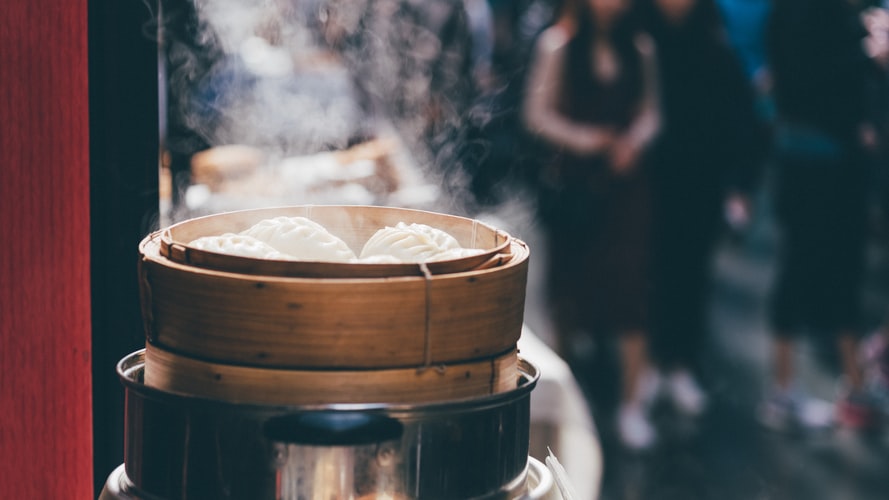
Tajikistan – Oshi Palov
Otherwise known as the ‘King of meals’, it is based on a recipe using vegetables, rice, meat and spices although up to 200 varieties of the dish exist today. This rice dish made with shredded yellow turnip or carrot, garbanzo beans and pieces of meat, all fried together in vegetable oil or mutton fat in a special qazan (a wok-shaped cauldron) over an open flame. The meat is cubed, the carrots are chopped finely into long strips, and the rice is colored yellow or orange by the frying carrots and the oil. The dish is eaten communally from a single large plate placed at the center of the table, often in with one’s hands in the traditional way.
Thailand – pad thai
Dish of stir-fried rice noodles with eggs, beef, chicken, seafood, vegetables and tofu in a sauce made of tamarind, fish, dried shrimp, garlic, red chili pepper and sugar. Some of the ingredients are provided on the side as condiments, including red chili pepper, lime wedges and crushed peanuts. Pad Thai is characterized by rich, vibrant flavors, from funky (fish sauce and dried shrimp), to sour (fresh tamarind paste), to sweet (palm sugar). But as always, every region has its own variety.
Timor – Ikan Pepes
“Ikan” means fish and “Pepes” describes the method of steaming in banana leaves then cooking over a grill. Delicious seasoned fish complete with the aroma of banana leaves that penetrates hhhmmmm … extraordinary. The seasoning may vary depending on the region, but all have one basic thing in common: Wrapped in banana leaves or other leaves, then steamed and then grilled over coals or baked in the oven. Which method suits you, please choose according to taste.
Turkey – kuzu tandir
Tandir is a name or a clay pit oven, that most meats are being cooked. This dish is made of whole lamb, that is hanged head down inside this oven, and cover to roast for hours. The Spiced meat is getting so aromatic and tender, that it literally falls of the bone. Served with steamy hot rice pilaf or potato mash.
Turkmenistan – plov, palaw
Remarkably like Uzbek recipe, maybe with few regional differences. The meat use is mostly lamb, sporadically beef. They prefer much fatter cuts of meat. Also dried apricots find their way to the pot. One way or another, it is still hearty and warming dish.
United Arab Emirates (UAE) – kabsa
Kabsa or machbus. This national dish made from a mixture of spices, rice (long-grain basmati), meat and vegetables. The spice blend is generally black pepper, cloves, cardamom, saffron, cinnamon, black lime, bay leaves and nutmeg. The other main ingredient that accompanies the spices is the meat, such as chicken, goat, lamb, camel, or sometimes beef, fish, and shrimp. The finish dish may be garnish with almonds, pine nuts, onions and raisins. The dish is served hot home-made tomato sauce.
Uzbekistan – plov
Rice Pilaf in a traditional way cooked with beef or mutton. It meets the conditions for it is a very hearty, caloric and feeling dish. It will keep you warm and full. Its base is consisting of rice, meat, onions and carrots, as well as lentils, raisins, and nuts. Traditionally in Uzbekistan, only men cook this dish.
Vietnam – pho
Pho (pronounced “fuh”) is a Vietnamese noodle soup that is made with broth, rice noodles, meat, and fresh garnishes. It is basically Vietnamese street food that is so deliciously simple, so flavorful, and very customizable!
Yemen – Saltah
a hearty stew usually eaten for lunch. It can be prepared fully vegetarian or with meat. The key ingredients in saltah are hilbeh (a condiment based on fenugreek), and zhug (a condiment consisting of chillies, oil, cumin, garlic and coriander).
Those 2 spice blends are added to the brown stew that often contains lamb or chicken meat, in a meat version. Base accompaniments to saltah include rice, tomato, potatoes, vegetables and scrambled eggs. traditionally served piping hot in a metal or stone bowl and eaten with Yemeni flatbread that can serve as a utensil to scoop up the food
Can you guess where we are going next …?
What are your thoughts… which dishes you know personally, or you tried… please let me know…?
